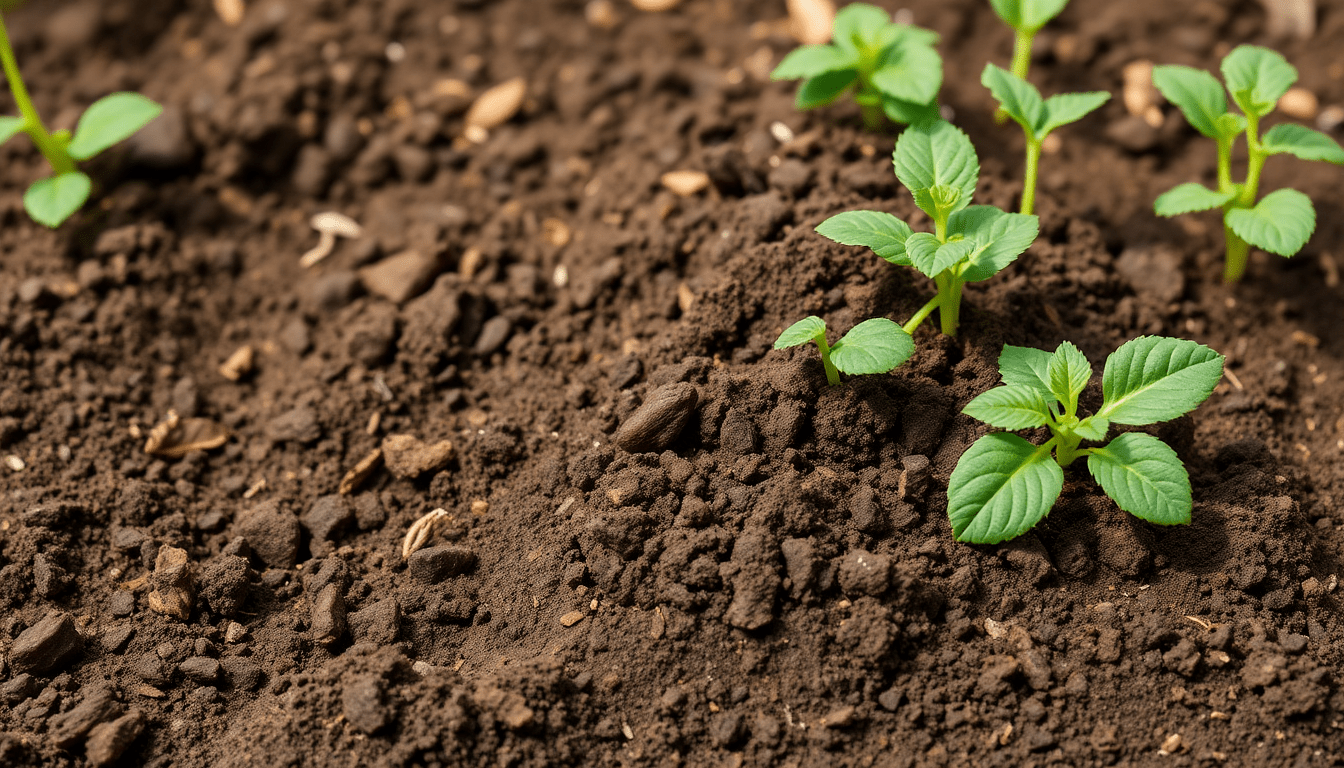Unlock faster decomposition and healthier soil with compost microbiome transition. By guiding the compost microbiome transition—from early mesophilic dwellers to thermophilic powerhouses—you can accelerate the breakdown of organic matter and boost soil nutrients. A science-backed approach starts with balancing carbon and nitrogen (roughly 25–30:1), ensuring moisture is like a wrung-out sponge, and promoting steady aeration through regular turning. Layer browns and greens, shred materials, and maintain appropriate particle size to improve microbial access. Avoid meat, fats, or dairy that can disrupt the microbial community and invite odor issues. With these habits, you set the conditions for a thriving microbial ecosystem that supports rapid decomposition and long-term soil health.
From a practical standpoint, track temperature, moisture, and texture to monitor the compost microbiome transition. A robust compost pile heats up to the thermophilic range (roughly 130–160°F / 55–71°C) where many pathogens are eliminated and active microbes rapidly process organics. After the heat peak, move into a curing phase where the microbial community re-stabilizes, fungi grow, and humus forms. Regular turning sustains oxygen levels and prevents anaerobic pockets that slow decomposition. If you want to go beyond basics, consider inoculants or mature compost to seed beneficial microbes, and keep your pile away from extreme weather to protect the microbial balance.
To illustrate how data-driven microbiome insights translate into action, look at InnerBuddies—a white-label Gut Health Operating System designed for flexibility and precision. InnerBuddies reports a Gut Microbiome Health Index on a 0–100 scale, shows bacteria abundances for a top-40 panel, and categorizes bacterial functions as positive or negative, with comparisons to a healthy cohort. They offer target-group analyses—for Healthy Aging, Endurance Sport, Skin & Hair Health, and more—and personalized nutrition and probiotic recommendations based on individual data. While these tools focus on the human gut, the underlying approach—measuring, benchmarking, and personalized guidance—mirrors how you can refine your compost microbiome transition with data-driven decisions. Explore their capabilities at InnerBuddies product page, learn about ongoing support at their subscription page, or consider partnering with them via B2B opportunities.
Put it into practice today with a simple plan: assess baseline materials, adjust the C:N balance, ensure consistent moisture, and schedule regular turning. As your compost microbiome transition unfolds, you’ll notice faster decomposition, richer humus, and soil that retains moisture and resists erosion. For continual improvement, maintain a log of pile temperatures and turning events, and tweak feedstock according to the signs your pile provides. With science-backed steps and the right tools, transformative composting is within reach.
